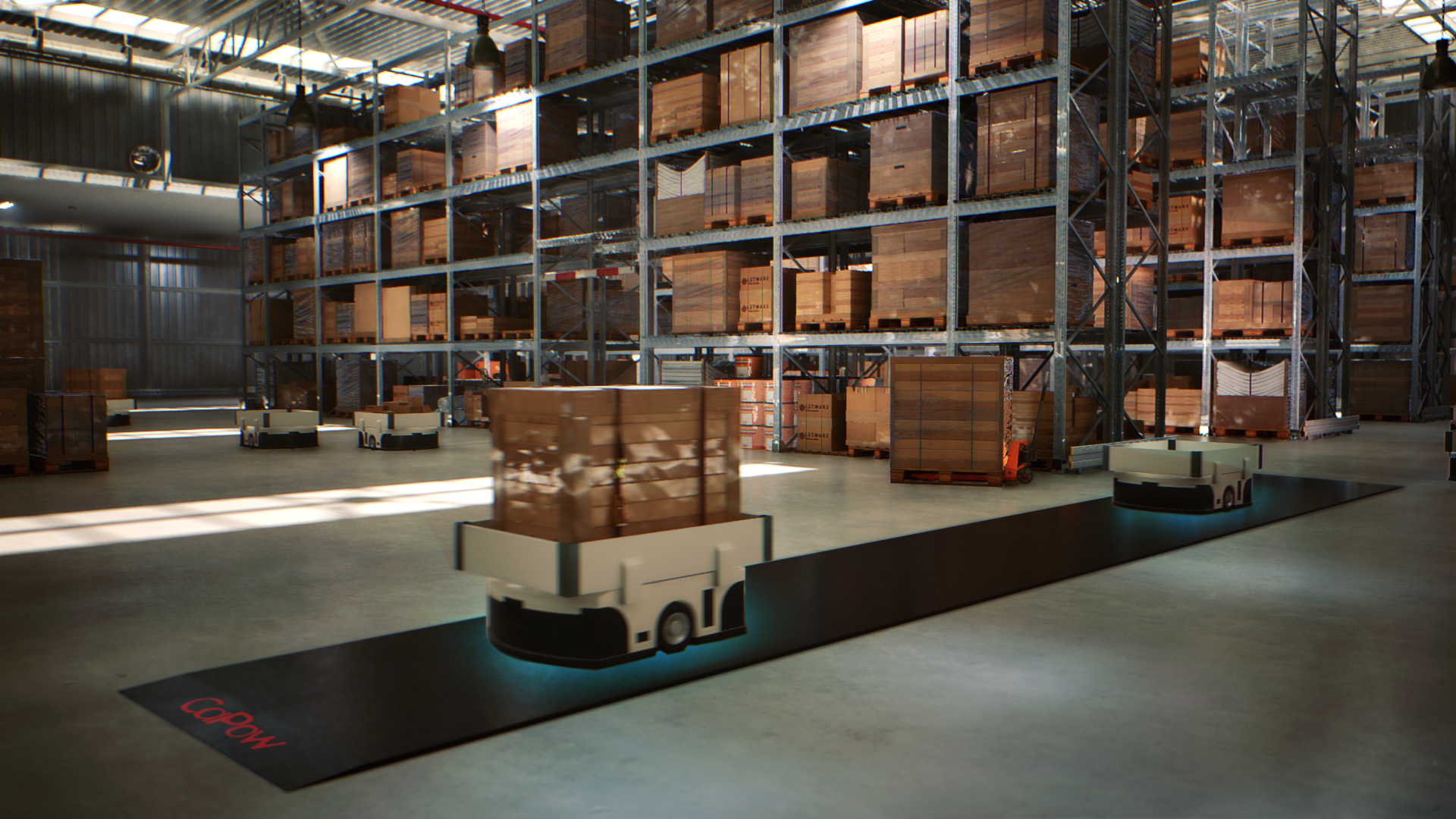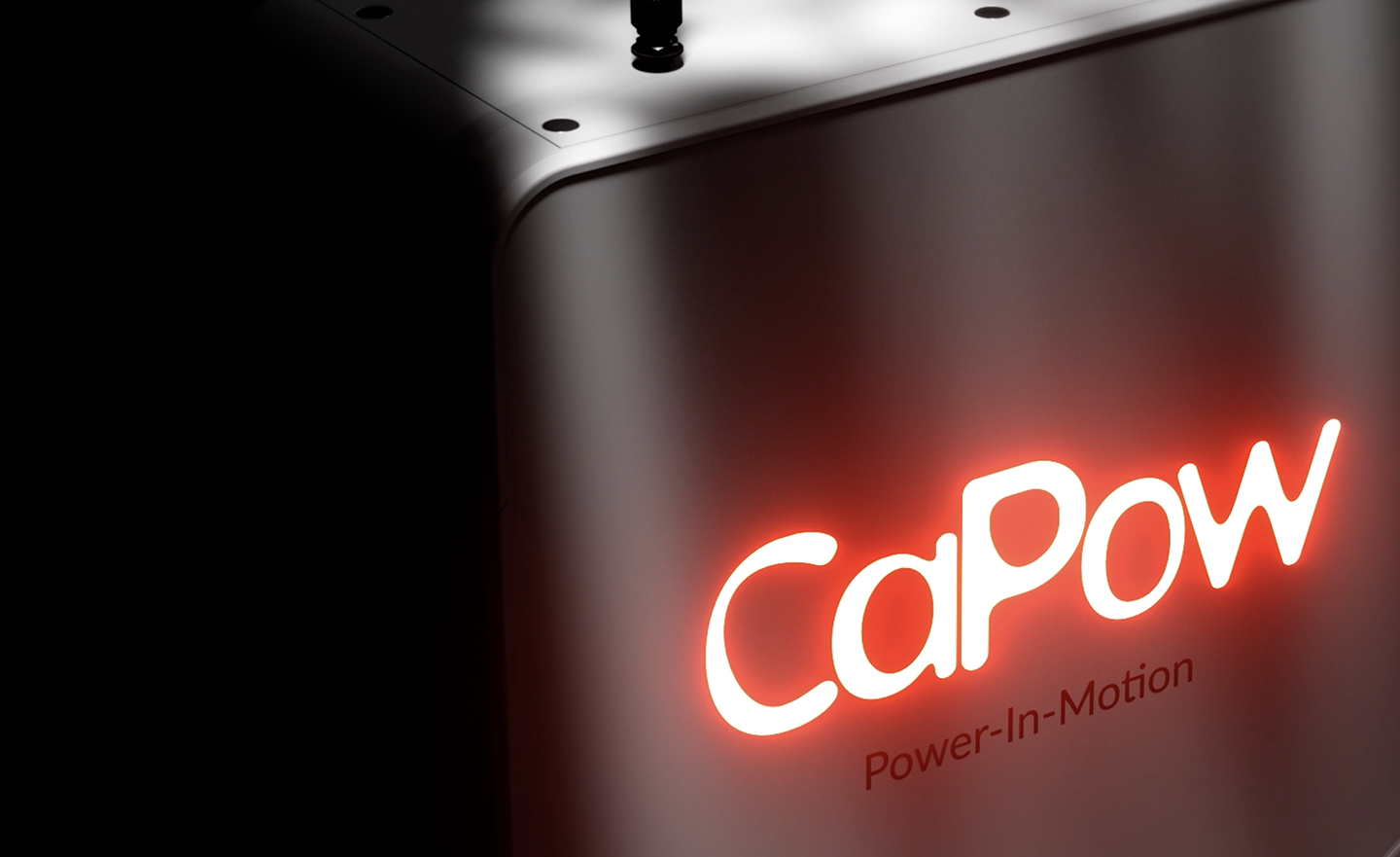In the world of industrial automation, maximizing the efficiency of robotic fleets is crucial. One key metric that significantly impacts operational productivity is the Work to Charge Ratio. At CaPow, we understand the importance of this ratio and have developed innovative solutions to optimize it, ensuring your robots are working more and charging less.
What is Work to Charge Ratio?
The Work to Charge Ratio measures the amount of time a robot spends working compared to the time it spends charging. It can be defined in two ways:
- Robot Working Time / Robot Charging Time
- Number of Robots Working / Number of Robots Charging
For example, a robot that works for 4 hours and charges for 1 hour has a Work to Charge Ratio of 4:1. This ratio is crucial for understanding and improving the efficiency of your robot fleet.
Why is Work to Charge Ratio Important?
Optimizing your Work to Charge Ratio is vital for increasing fleet efficiency and reducing costs. A high Work to Charge Ratio means your robots are spending more time on productive tasks and less time idle due to charging. This not only enhances operational productivity but also reduces the need for additional robots, charging infrastructure, and associated costs.
The Challenge
Industrial mobile robot operators often face significant downtime due to charging, which can inflate fleet sizes by up to 20% and reduce overall efficiency by 4%. This downtime translates into increased operational costs and reduced productivity. For example, a manufacturer planning to automate processes with 100 AMRs at $40,000 each might need an additional 30 robots to account for charging downtime, increasing the project cost by $1.2 million.
The Solution
CaPow’s Genesis solution is designed to tackle these challenges head-on. Our in-motion energy transfer platform delivers continuous power to robots while they are operational, eliminating the need for stationary charging. This market-unique solution ensures 100% uptime, enabling your fleet to maintain peak efficiency without the need for extra robots.
Optimizing Work to Charge Ratio with CaPow’s Genesis
Opportunistic Charging
Traditional charging methods often require robots to leave their operational areas to charge, resulting in lost productivity. By implementing opportunistic charging with CaPow’s Genesis, robots can charge while performing their tasks, maximizing their working time.
Perpetual Power with Genesis
Our Genesis solution goes beyond opportunistic charging. It allows robots to charge while in motion, ensuring continuous power delivery and eliminating downtime. This technology supports various types of equipment, including AMRs, AGVs, AS/RS systems, forklifts, and drones, making it versatile and adaptable to different operational needs.
Real-World Impact
A tier-one manufacturer in the United States implemented CaPow’s Genesis solution after a successful pilot program. Before CaPow, their robots experienced downtime due to charging, significantly impacting productivity. With Genesis, they achieved 100% uptime, reduced fleet sizes, and reported up to 35% reduction in total cost of ownership and a 50% increase in operational efficiency.
Conclusion
Optimizing your Work to Charge Ratio with CaPow’s Genesis solution can revolutionize your operational efficiency. By eliminating downtime and ensuring continuous power delivery, our technology helps you maximize productivity and reduce costs. Whether you’re dealing with AMRs, AGVs, AS/RS systems, or other mobile robots, CaPow’s Genesis offers a game-changing solution to keep your fleet running at peak efficiency.
Learn More About CaPow
Want to learn more about how CaPow’s perpetual power solution can transform your robotic fleet’s performance? Click here to explore our innovative technology and discover the benefits of maintaining 100% uptime with CaPow’s Genesis.
Frequently Asked Questions
What is Work to Charge Ratio? Work to Charge Ratio measures the time a robot spends working compared to the time it spends charging.
How is Work to Charge Ratio calculated? Divide the working time by the charging time.
Why is Work to Charge Ratio important? Optimizing this ratio increases fleet efficiency and reduces costs.
Can CaPow’s solution retrofit existing battery-based fleets? Yes, our Genesis solution can retrofit existing fleets, ensuring minimal disruption and immediate benefits.
What are the maintenance requirements for CaPow’s system? Our system requires minimal maintenance, mainly periodic checks of the transmitters and receivers.
What is the ROI and cost savings associated with CaPow’s solution? Our clients have reported up to a 35% reduction in total cost of ownership and a 50% increase in operational efficiency, with significant savings on battery maintenance and replacement.



